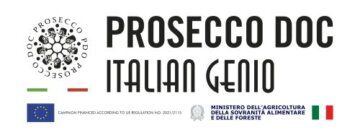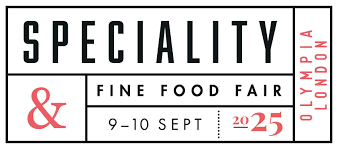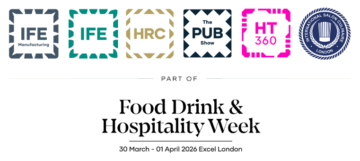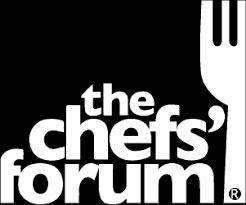26/04/2025
Meet Alex Price Head of Wine at Plates – The UK’s first Plant-based Michelin Star restaurant
This year Plates became the first UK plant-based restaurant to be awarded a Michelin star, after siblings Kirk and Keeley Haworth opened in July 2024 in Old Street, East London. After speaking to Keeley about how Kirk and herself built up their success, Women In the Food Industry Ambassador & Writer, Antonia Lloyd, interviews Plates, Head of Wine, Alex Price, about her creative approach to the wine list.
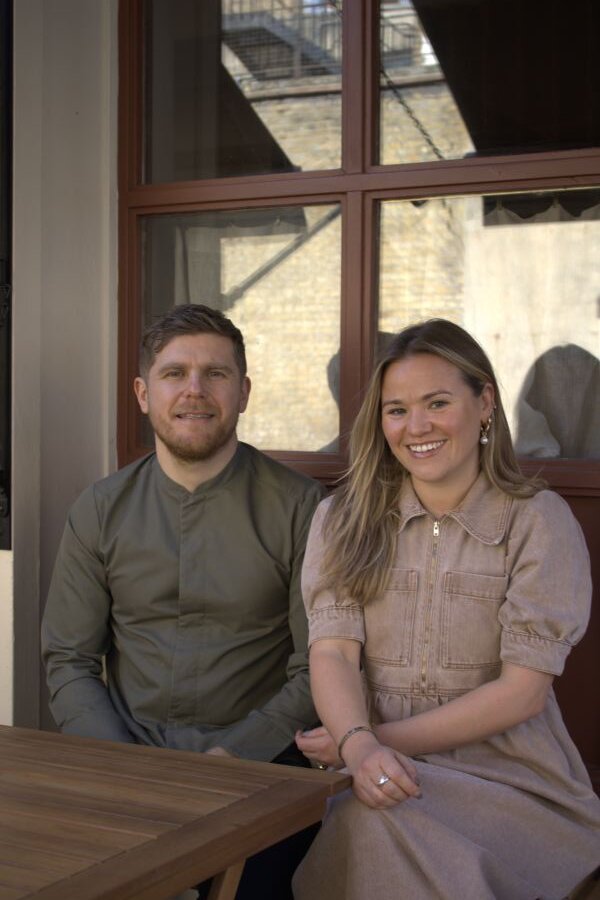
Alex Price, Plates, Head of Wine
How did you set about creating a wine list for Plates that matched Keeley and Kirk’s sustainable ethos?
I was completely blown away by the passion and the drive towards the bigger picture for the restaurant and the studio. I was really interested in how they like to do things a little bit differently and it really aligned with the way I approached wine lists and putting that creativity back into wine. Keeley wanted something that had lots of innovation. For me it was important to reflect the ethos of the kitchen and the link to nature in the wine list. I came across some old books on plants, different Alpine plants and vegetables and these lovely, illustrated vintage books and that was the inspiration behind the creativity.
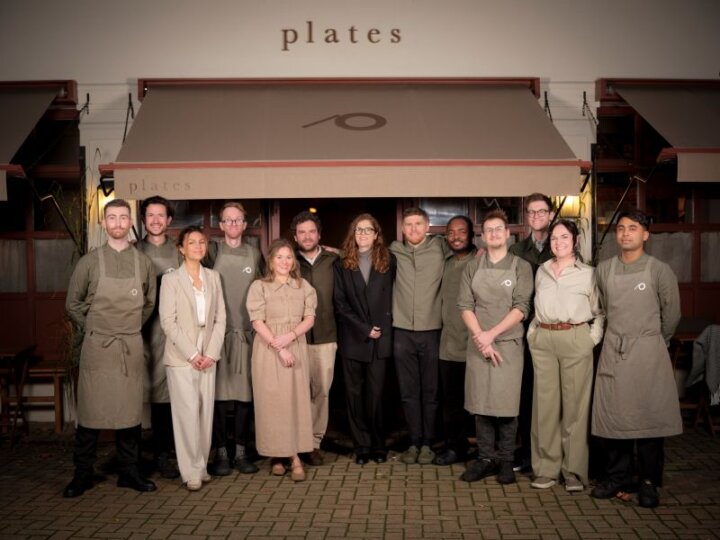
How challenging was it to find quality vineyards in the UK with regenerative farming and biodiversity principles?
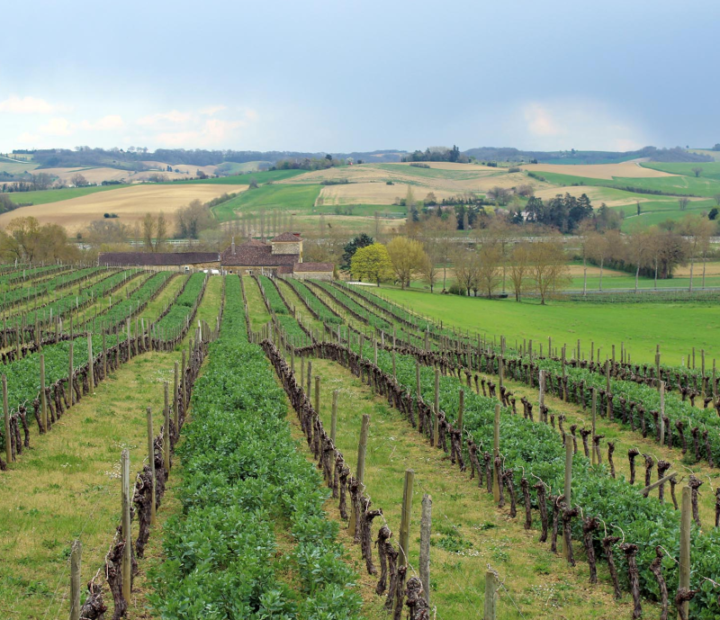
We have a few English wines and it’s definitely a category that I’d like to expand further down the line. But in terms of finding suppliers or importers that would help me fill the wine list, I found it quite easy in that I’ve worked with these people for a long time, so had good relationships with them. I knew their portfolios quite well and a lot of wines that I put onto the list were an immediate natural fit with the wider programme.
There’s a greater focus on regenerative farming and, interestingly, there’s a slight move away from strict adherence to organic and biodynamic principles. People are prepping the land for the future, acting as custodians, and that’s happening more with English wine. We’re currently working on the pairing with a winery called Ham Street Wines in Kent and they were biodynamically certified last year, which is quite rare for a British winery.
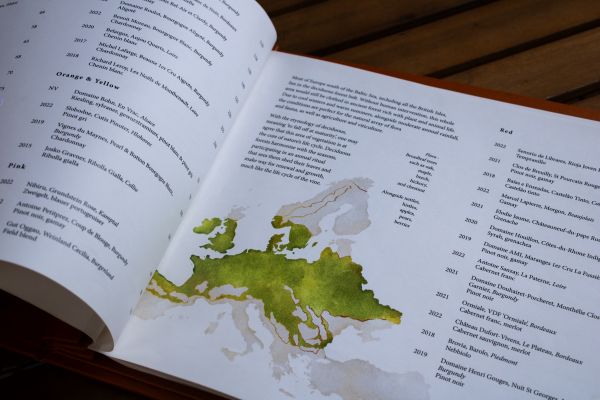
Tell me about the structure of your wine list and what inspired you to draw on the main biomes of nature (forest, alpine and hillside, Mediterranean scrubland)?
I’ve always loved looking at wine lists from the perspective of climate. Climate in terroir tells a big story, and it can also help categorise wines in terms of style as well. With our wines there’s Mediterranean which is richer, perhaps a little riper, whereas wines from the hillside and Alpine region have got that beautiful, piercing acidity and freshness. Then with deciduous forest there’s a balance between the two and where you get more nuances in individual terroirs amongst most of mainland Europe.
Place is a big driving force behind how I look at wines and not only just the terroir which it comes from, but the people behind the bottle. I really treasure going to visit wine makers. I think you really see into a completely different side of the bottle, the wine and their approach. Seeing that respect for nature and the land and preparing that land for future generations – it’s nice to see people being custodians for wines.
I am interested to hear about the vineyards coming soon on your wine list from ‘tundra’ and ‘coniferous forest’ and what they’ll bring.
So firstly, coniferous forest – when I was coming up with the wine list idea, I was really keen to start listing some wines from Scandinavia. I’d read a lot about wines from Denmark, in Sweden, some up and coming producers. It was an idea that we probably didn’t have enough time to execute before the opening. So I want to really look into that, focus on Denmark and Sweden, which I don’t believe many other people in the UK are actually doing at the moment. It would be quite cool to be ahead of the curve with that category.
And then my idea of a tundra was a way of linking the wine list to the wider drinks programme. On the wine list we also list a lot of the plants, fruit and vegetables that are grown in these areas. I’d really like to link the bar with different sort of spirits and vermouths and eau de vies from tiny artisanal producers. So that’s the plan.
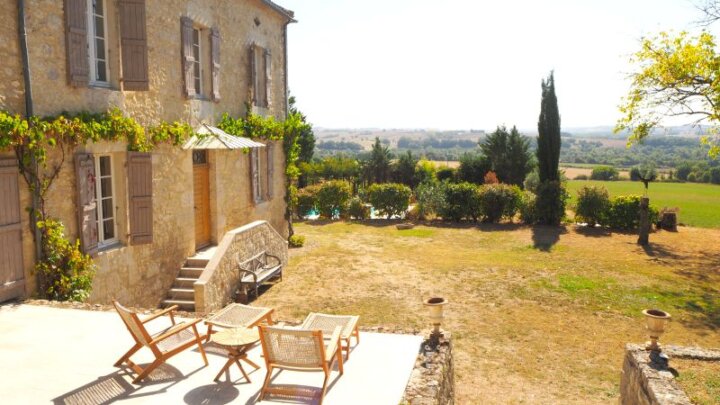
What is the most exciting part of working at Plates and being in charge of the wine list?
I’m really enjoying doing the pairings – I’ve had so much fun because Kirk’s food is unique and intricate and all the flavours he uses are so diverse it’s been a good challenge. I’ve definitely come across certain dishes where they’ve really stumped me and then I’ve been blown away by the feedback from our guests about how the wine pairings worked, and that’s been really reassuring and confident boosting. I’d quite like to get to the point where I’m updating the pairings more regularly whilst also introducing more premium options or perhaps more eclectic wines. I’ve been building a small cellar, so we’ll be building our fine wine section with the plan to create a wider master Plates wine list, which perhaps would look a bit more traditional and laid out regionally by country. There’s much fun to be had with it. For me, creativity is key with this.
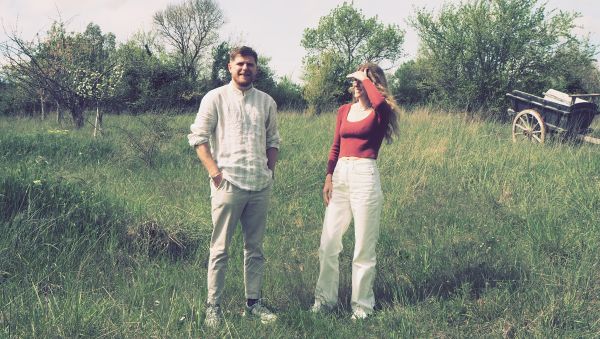
And how does the Farm fit with Alex’s wine list?
KEELEY: To jump in, obviously we’re sort of smack bang in the middle of wine country, so we want to use as much of the wine makers around us. Our current house wine in Plates is produced only about half an hour drive away from the farm. Hopefully, we can set up some meetings to do our own bottling and perhaps further down the line, maybe do a harvest with another wine maker around the area so that we can have our own bottled house wine or signature wine for the farm and also potentially for the restaurant as well.
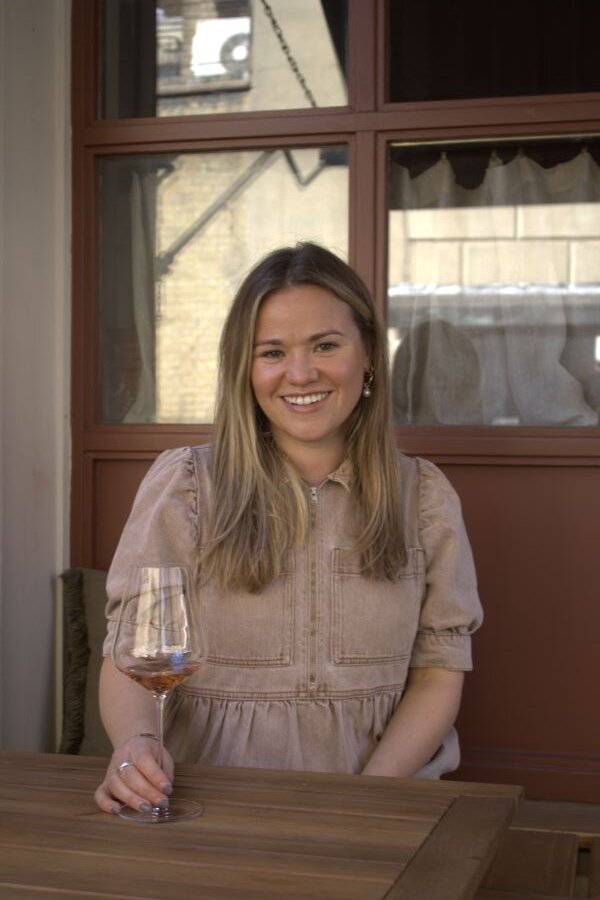
What would your advice be to any woman sommelier coming up the ranks?
I’d say trust in yourself, stand your ground and trust in your palate. There are a lot of people that can bash you down. It’s good to believe in yourself and attend as many tastings as possible. The minute I joined the wine industry back in 2013, I barely knew a thing and did my WSETs [wine exams] alongside working there. I made sure I was at every single tasting, even the ones which were sort of full of red trouser brigade with men four times my age. I persevered and I just kept going. And through that I’ve built up that fantastic core group of friends in the industry and that’s also helped give me that confidence to keep going. I think we’re in a much better place than we were ten years ago for the industry.
My first job was working for Annabel’s in the wine cellar in 2013 – I was the first girl to ever work in the cellar, which was pretty cool. I will always credit my wine style to working at Annabel’s. I think that link between traditionality and the natural organic, sustainable world is so much more interlinked than people are aware of. A lot of the wines that we had in the cellar were organic, biodynamic or had always been farmed regeneratively yet people had no idea. So that’s really stuck with me throughout my whole career – that you can drink fine wine and it can still be good for the planet.
Don’t forget to catch up with Antonia’s interview with Plates co-founders, Keeley & Kirk Haworth on how they built their success, their summer launch of Plates farm and retreat in the south west of France.
You may also be interested in our interviews with the following chefs:
Ruth Hansom on making the Roux Scholarship finals in 2022 and Olivia Burt on making the Roux Scholarship finals in 2022. Plus read our ambassador Antonia Lloyd’s interview with April Lily Partridge on winning the Roux Scholarship in 2023 and her interview with Emily Roux on winning her first Michelin Star.









